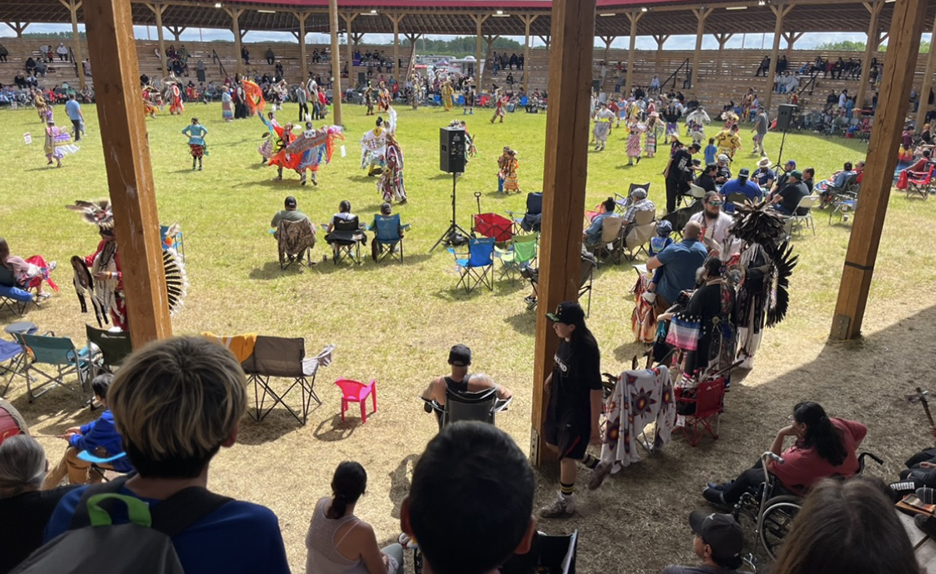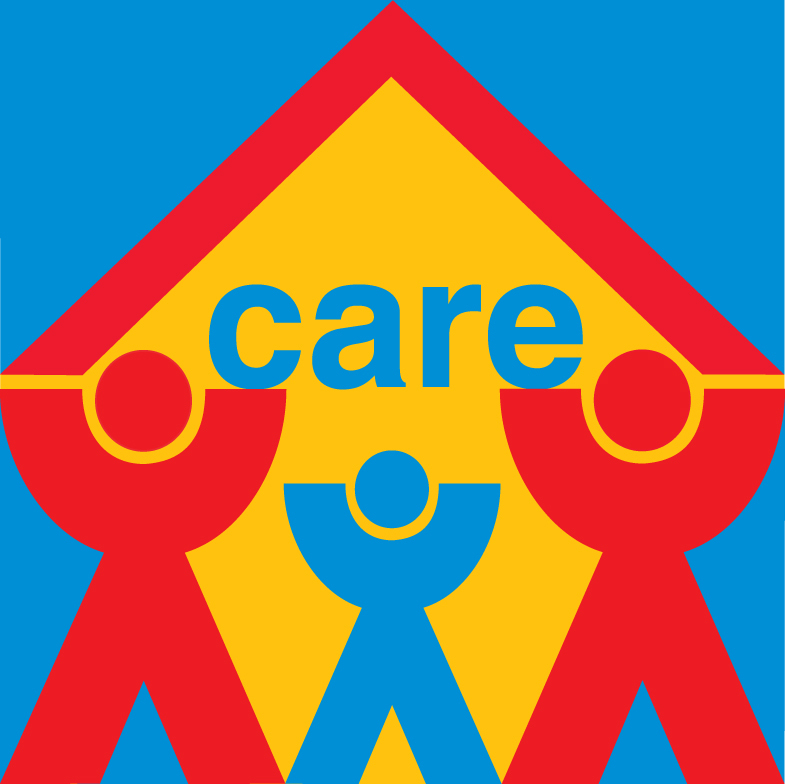Staff at Ranch Ehrlo are learning alongside youth to help engage Indigenous children in their cultural heritage by connecting with communities, building relationships, and striving to learn so they can lead.
The team at Hilsden has decided to highly prioritize and further explore traditions and customs that are meaningful to youth, said Nicholas Hadjistavropoulos, youth care leader (YCL) at Hilsden, because we realize how important they are for a child’s development of self and sense of belonging.
Hilsden House, a home to children ages nine through 11 years old, has made an incredible effort to integrate more Indigenous culture into its programming. The team prioritizes cultural connection with Ranch Ehrlo’s CARE model in mind, meeting the needs of the whole child.
While most cultural activities at the agency are woven into weekly routines in a natural way, the group does partake in more significant experiences.
Each Wednesday the kids visit a local gymnasium to play games and unwind. In addition to soccer and basketball, the routine has grown to include traditional Indigenous children’s games. A favourite has become Tatanka Tatanka, which emulates herding buffalo and was used as a teaching tool by Indigenous communities.
The cultural education has since evolved to include a weekly story and colouring sheet about one of the Seven Grandfather Teachings, and gatherings with a local elder. Some youth have joined Ranch Ehrlo’s powwow club to learn drumming and throat singing while others have participated in hoop dancing classes with Terrance Littletent.
As part of a larger learning and life experience, the youth recently visited Kahkewistahaw First Nation to enjoy the powwow, many of them leaving with a strong sense of pride and community.
“When the kids go to powwows on the reserves you can just tell they feel at home,” said Nicholas. “They hear their languages and see people that look like those they grew up with. They’re in their element, and it’s all familiar to them. While some are better than others at expressing it, I think they all appreciate it.”
Nicholas explained each activity becomes a learned experience, shaping the child and contributing to their understanding and development of self.
“The more we do, the more it resonates with the kids because they start hearing words and the interpretation becomes more familiar. Once it’s familiar, they understand and engage more – asking questions and taking more interest.”
While most youth know what band they belong to, all are learning cultural customs and traditions together. The group recently learned their spirit animal names, and one eight-year-old boy amazingly learned how to pronounce his last name for the first time in his life.
“The kids are learning important things by talking to elders, participating in various activities, and visiting new places,” said Nicholas. “These kids don’t have anyone else to teach them, so we (as staff) must learn with them. When we make the effort to learn, engage, and get involved in the things that are meaningful to them, the kids feel more comfortable, they feel safer, and they understand that we respect them.”


